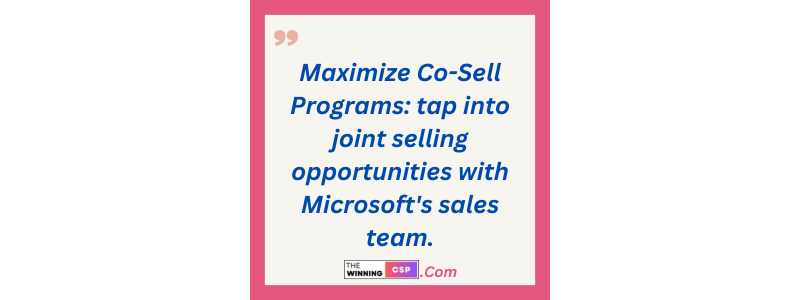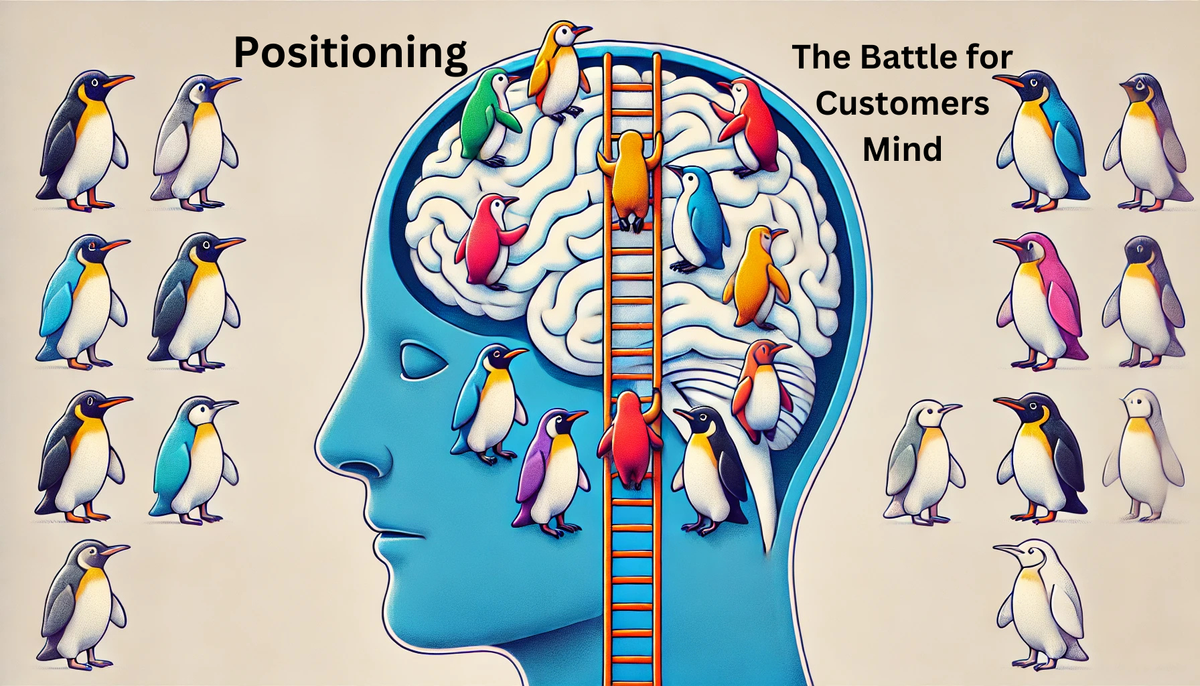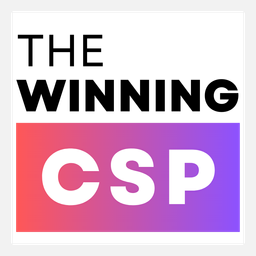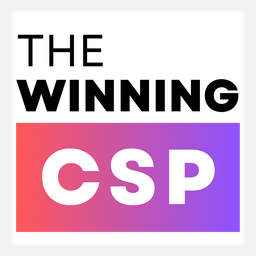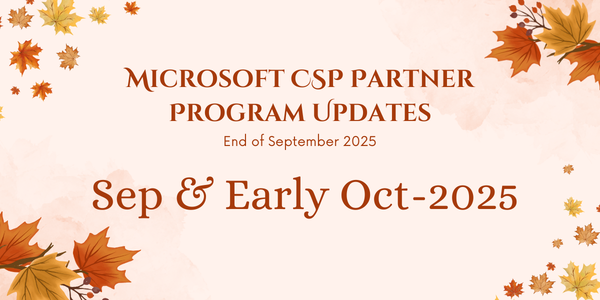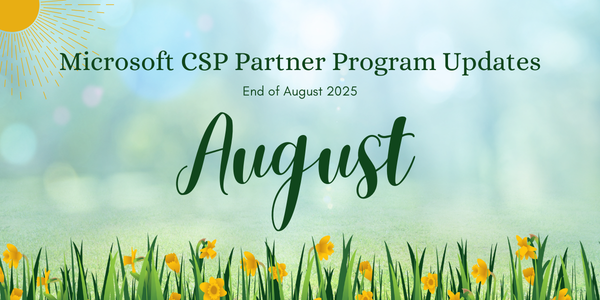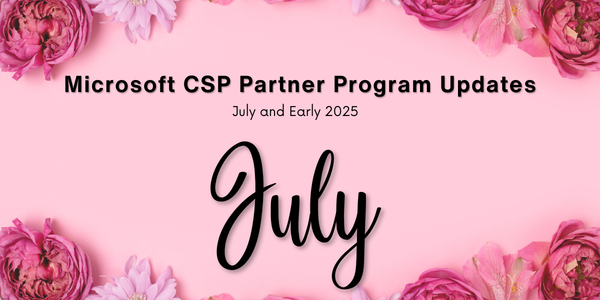Effective Packaging of Value-Added Services for Microsoft CSPs
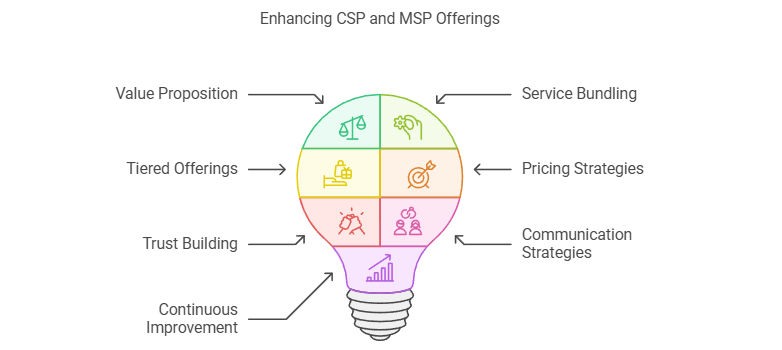
Running a Microsoft CSP Program or Having CSP as part of your Managed Services Provider (MSP) offering means dealing with a fragile balance: keeping customers happy while keep your revenue streams humming. Offer them high-value managed services and you'll crack the code. Your managed services can be the missing link between invisibility and business success. To bridge this gap, we'll share expert advice that works wonders for business growth by effectively packaging value-added services for your customers along with Microsoft CSP.
The Microsoft CSP ecosystem has seen remarkable growth in recent years, with more partners joining the network to deliver transformative cloud solutions. However, as the ecosystem expands, the challenge of differentiating yourself becomes even more pressing. In a market where everyone's vying for attention, CSPs need to separate themselves from the pack by offering customer-focused value that truly adds up.
Managed Services for Microsoft CSPs: FAQ
1. What is the key to success for Microsoft CSPs and MSPs in a competitive market?
The key to thriving as a Microsoft CSP or MSP lies in differentiating yourself. This involves crafting a unique value proposition (UVP) that showcases the specific benefits you bring to clients. Go beyond basic product offerings and focus on providing high-value managed services that solve real customer problems and address their pain points.
2. How can I define my ideal client and tailor services accordingly?
Identifying your target audience is crucial. Determine whether you focus on small businesses, large enterprises, or specific industries. Once you understand your ideal client, you can research their pain points and challenges. This allows you to tailor your managed services to meet their unique needs, whether it's streamlining IT operations with Azure or managing Active Directory efficiently.
3. What are some effective ways to package managed services to attract clients?
- Bundling: Combine several services into comprehensive packages to simplify IT management for clients. For example, a "Managed Security" bundle might include antivirus, firewall management, intrusion detection, and regular security assessments.
- Tiered Offerings: Offer various service tiers ("Bronze," "Silver," "Gold") to cater to different needs and budgets. These tiers can provide different support levels, ranging from reactive break-fix to proactive management.
4. How should I name and describe my managed services?
Use clear, concise language that highlights the value proposition of each service. Incorporate customer pain points and industry best practices into your descriptions. Clients appreciate straightforward explanations that clearly demonstrate how your services address their specific needs.
5. How can I establish trust and credibility as a CSP?
To build trust with potential clients, highlight your expertise and experience. Showcase relevant certifications, especially those related to Microsoft Azure. Utilize client testimonials and case studies to demonstrate real-world successes and the positive outcomes you have achieved for other businesses.
6. What are the best pricing strategies for managed services?
- Value-Based Pricing: Align your prices with the value you deliver. Consider factors like enhanced protection, productivity boosts, reduced risks, and minimized support calls. This approach communicates the worth of your services and ensures profitability.
- Flexible Pricing Models: Offer various pricing models to accommodate different client needs and budgets:
- Per-user pricing: Ideal for services tied to the number of users.
- Per-device pricing: Suitable when services depend on the number of managed devices.
- Flat-fee pricing: Provides predictability for clients, particularly small businesses seeking stable IT costs.
- Tiered pricing: Offers different levels of service and features at varying price points.
7. How can I effectively market my managed services as a CSP?
- Website and Content Marketing: Create informative content that addresses customer pain points and offers solutions through your managed services. This could include blog posts, white papers, case studies, and webinars.
- Social Media and Online Presence: Engage with prospects on social media by sharing industry insights, valuable tips, and solutions. Focus on building relationships and demonstrating your expertise rather than hard selling.
- Partnerships and Referrals: Develop strategic partnerships with other businesses to expand your reach and offer clients additional value through referrals.
8. How can I ensure ongoing improvement and success in the CSP program?
Continuous improvement is essential. Stay updated on changes within the Microsoft ecosystem, including the Microsoft Commerce experience and new features in Microsoft products. Regularly analyze client feedback and industry trends to adapt your service offerings and marketing strategies for optimal results.
Value Added Services Creation Checklist
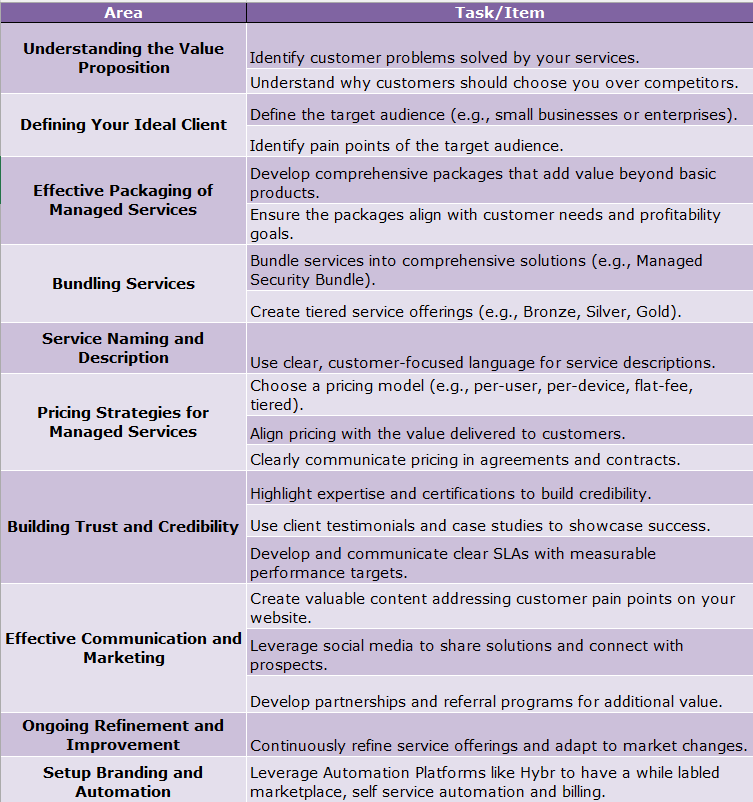
Understanding the Value Proposition
Before discussing packaging, understand your value proposition. What customer problems do your Microsoft cloud solution and cloud services solve? Why choose you over competitors or in-house IT management?
Defining Your Ideal Client
Identify your target audience. Are you focused on small businesses, large enterprises, or specific industries?
Understanding their pain points allows you to tailor services. This could range from streamlining IT operations with Azure cloud solutions to managing Active Directory efficiently for indirect providers.
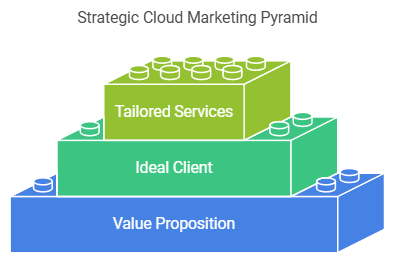
Effective Packaging of Managed Services for Microsoft CSPs and MSPs
Think beyond basic product offerings. Add real value to your sell Microsoft cloud offerings.
This attracts new customers and increases profitability for your partner program.
Building a Value Proposition That Resonates
To create a compelling differentiation strategy, focus on these essential elements:
1. Understand Your Audience
Conduct in-depth research to identify the pain points, challenges, and aspirations of your target audience. Align your services with what matters most to them
2. Highlight What Makes You Different
Think about the unique strengths of your services. Whether it’s unparalleled customer support, innovative technology, or tailored solutions, emphasize what you do better than anyone else.
3. Keep It Simple
Your message should be concise and easy to understand. Avoid jargon and clearly articulate the benefits you offer.
4. Deliver Tangible Results
Back your claims with measurable outcomes. For example, if you promise efficiency, showcase how you’ve reduced costs improved productivity or streamlined CSP billing for your clients.
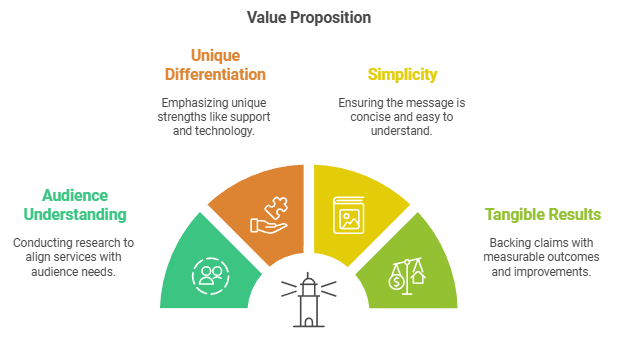
Bundling Services
Bundling combines several services into comprehensive packages. This simplifies IT management for clients.
For example, a Managed Security bundle could include antivirus, firewall management, intrusion detection, and regular security assessments.
This approach offers individual customers a complete solution.
Tiered Service Offerings
Tiered services cater to various needs and budgets. These “bronze, silver, gold” offerings provide different support levels. They can range from reactive break-fix to proactive management.
Managed services that go beyond a break-fix mentality increase satisfaction. The true value lies in being proactive and optimizing a client's network performance.
Service Naming and Description
Use clear language to showcase service value. Incorporate customer pain points and best practices.
This clarifies service intent. Clients appreciate straightforward service descriptions.
Provide detailed descriptions within the partner center and your self-service marketplace platforms like Hybr CSP.
Pricing Strategies for Managed Services
Pricing strategy balances profit and client budget. Find a balance that ensures viability and attracts customers. Offer competitive Azure offers and other Microsoft products within your pricing strategy.
Value-Based Pricing
Align prices with the value delivered. Consider enhanced protection, productivity boosts, reduced risks, and minimized support calls. This will be helpful for partners participating in the indirect reseller model. This strategic pricing communicates worth and ensures profitability. Highlight the value you offer through the cloud service provider program.
Pricing Models
- Per-user pricing: Best for services tied to the number of users.
- Per-device pricing: Suitable when services depend on managed devices. Tiered pricing addresses the varying needs of individual users.
- Flat-fee pricing: Offers predictability. It's often preferred by small businesses seeking stable IT costs.
- Tiered pricing: Accommodates different budgets. Customize bundles for your specific Windows apps.
Accurate pricing starts with cost and profit calculations. Determine your hourly rate based on desired earnings. Adjust based on client and region. Clearly communicate the pricing in the Microsoft Partner Agreement.
Building Trust and Credibility as a CSP
Address potential client concerns about service quality. Build trust to alleviate anxieties. Maintain a positive customer relationship.
Showcasing Expertise
Highlight experience and certifications, like Microsoft Azure certifications, especially for cloud offerings. Consult with managed service experts for gathering requirements and setting expectations.
Specialize in specific Microsoft products. List your business in the Microsoft Partner directory. Demonstrate how your expertise allows you to effectively manage customers within the cloud solution provider program. You can find resources for this in Microsoft Learn.
Client Testimonials and Case Studies
Showcase real-world successes. Use case studies and testimonials. Highlight measurable results like growth, risk mitigation, and reduced IT hassles.
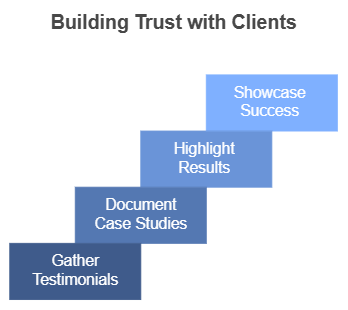
Guarantees and Service Level Agreements (SLAs)
Offer uptime guarantees and response time promises. A well-defined SLA builds trust. Measurable performance targets reassure customers. This addresses anxieties about outsourced services. SLAs also apply to Direct CSP engagements.
Do not hesitate to promise and always follow through with your promises.
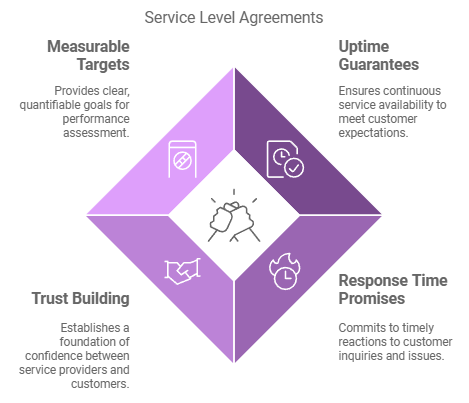
Effective Communication and Marketing for Your Cloud Solution Provider Program
Reach potential clients with compelling messaging. Effectively promote your cloud solutions and services as an indirect CSP or direct CSP within the CSP model. Provide ongoing technical support to customers and maintain detailed customer support documentation.
Website and Content Marketing
Provide valuable, readable content. Address customer pain points. Offer managed service solutions. Promote your services and the Cloud Solution Provider program.
Create guides on topics like certifications and suitable managed service products. Offer helpful resources to new MSPs, guiding them towards potential partnerships.
Offer resources about IT asset management software and perpetual software to potential downstream partners. Link to helpful documentation like Manage Engine product videos and Microsoft Learn documentation. Build expertise and authority.
Social Media and Online Presence
Use social media to connect with prospects. Share tips and solutions. Provide valuable resources and relevant news. Focus on solving business needs, not hard selling. You may also provide main content on how partners customers can be managed efficiently.
Partnerships and Referrals
Develop strategic partnerships. Offer clients additional value through referrals. Build mutually beneficial relationships.
Ongoing Refinement and Improvement of your Business Practices
Continuously refine and improve your service offerings and partner incentives as an indirect provider or direct CSP within the cloud solution provider program. Stay updated on changes to the Microsoft Commerce experience and Microsoft Edge features. Adapt your strategies based on customer purchase trends and partner agreement terms. This iterative approach ensures that you consistently offer customers the best possible value.
Enhance Your UVP with Hybr CSP
Hybr CSP is designed to help Microsoft CSP partners amplify their value propositions with advanced tools and features. Here’s how:
Empower with Self-Service: Enable customers to manage their own subscriptions and services through a user-friendly portal.
Advanced BI Dashboard: Gain insights with cutting-edge business intelligence dashboards for smarter decision-making.
Fully Automated Billing & Invoicing Process: Eliminate manual errors with seamless billing and invoicing.
Rich Marketplace: Bundle and sell value-added services to create tailored solutions for your customers.
Extensive Integration Support: Connect effortlessly with third-party platforms to enhance your offerings.
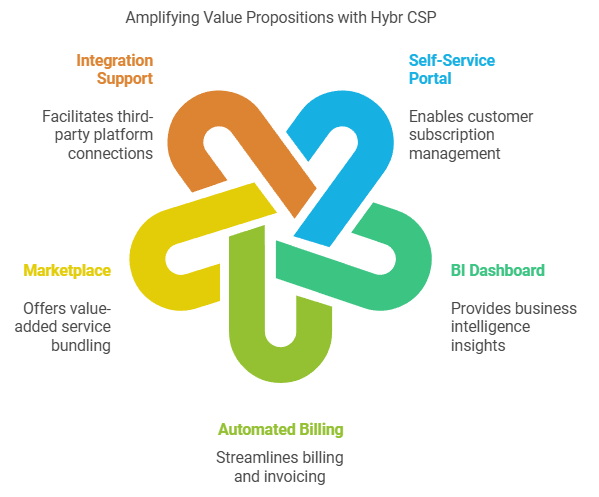
Conclusion
Effective packaging of managed services for Microsoft Cloud Solution Provider (CSPs) and MSPs involves more than selling products. It's about comprehensive, client-focused packages. This includes bundling, tiered offerings, and effective communication.
This builds trust and fosters a thriving business. These strategies can elevate your cloud practice, whether you operate within the direct CSP or indirect CSP models, offering individual customers and partners customers alike the solutions they need through your partner program participation. By utilizing these tactics you will enhance your Microsoft partner experience within the solution provider program and your customer relationship.
